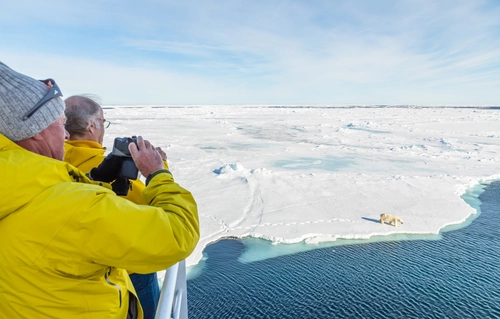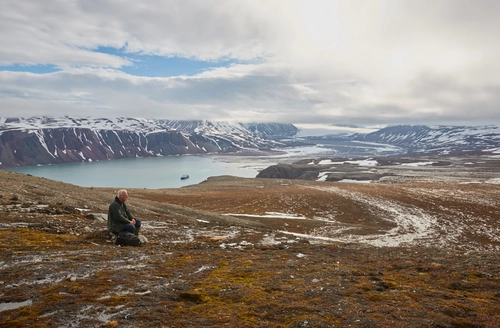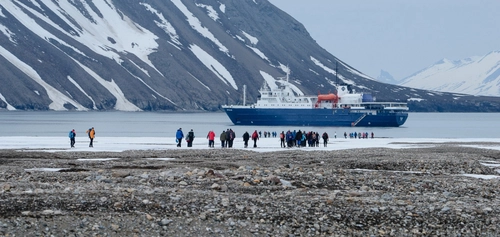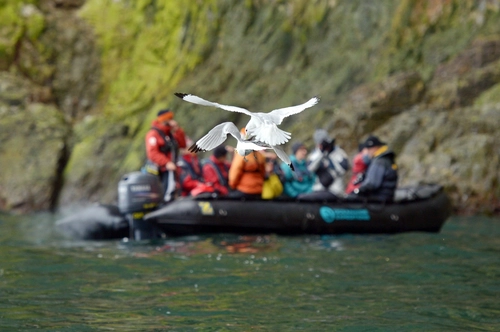The polar bear was relishing his meal; the snow and his face were turning red from the blood. As we observed him eating, our own stomachs began to grumble. It was time for lunch.
Our lunch was brief, as an exciting announcement interrupted us: another polar bear was approaching. This bear was a sight to behold, a strong, well-fed male emerging from the water, a few hundred meters from the other bear.
As this impressive bear shook off the water from his thick white fur, cameras clicked, and voices on deck exclaimed, 'Look at him... Isn't he attractive?' The excitement grew. The newcomer was clearly drawn by the scent of the killed seal. Would he steal it from the other bear? Would there be a confrontation?
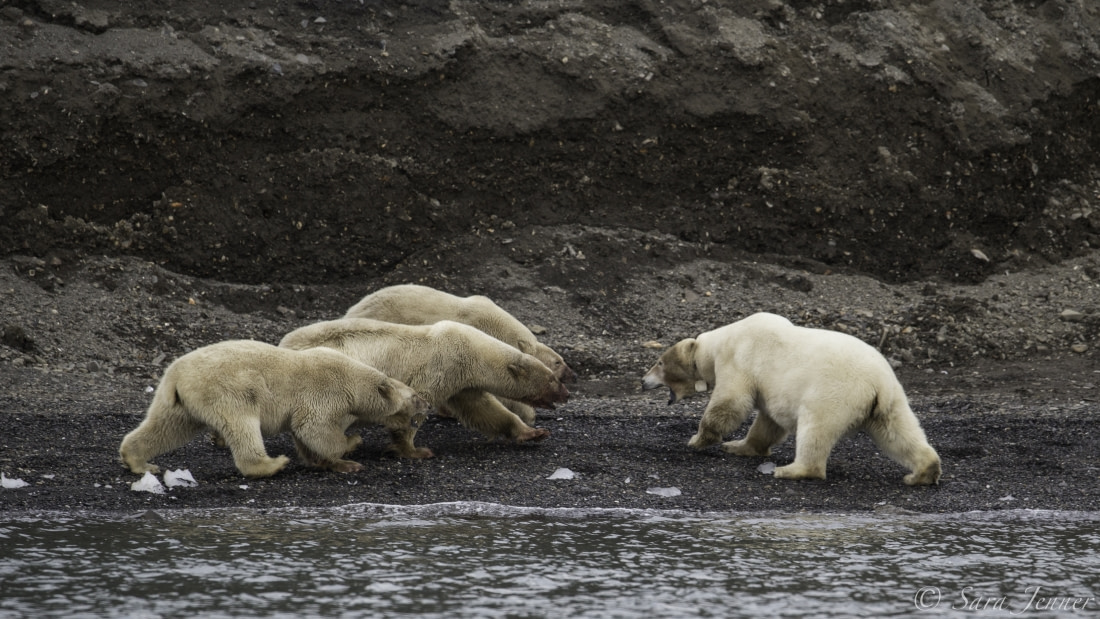
Sharing a seal meal
Initially, the newcomer seemed to ignore the fresh meat entirely. He walked past the bear and his kill. But then, after a while, he turned around and approached the feast. As if invited by the older male, he began to eat. There they were, both sharing the food, their white fur on their heads and front paws stained with seal blood.
After about fifteen minutes, however, things changed. The male who had caught the seal suddenly left, as if the prey no longer belonged to him. Walking away, he glanced back a few times, seemingly envious of the bear who had now taken over his kill. With his back turned, he decided it was time for another afternoon nap.
The second male stuck out his tongue while chewing on his meal, as if mocking him. He continued feasting on the seal for about an hour, then decided to visit his slumbering neighbor.
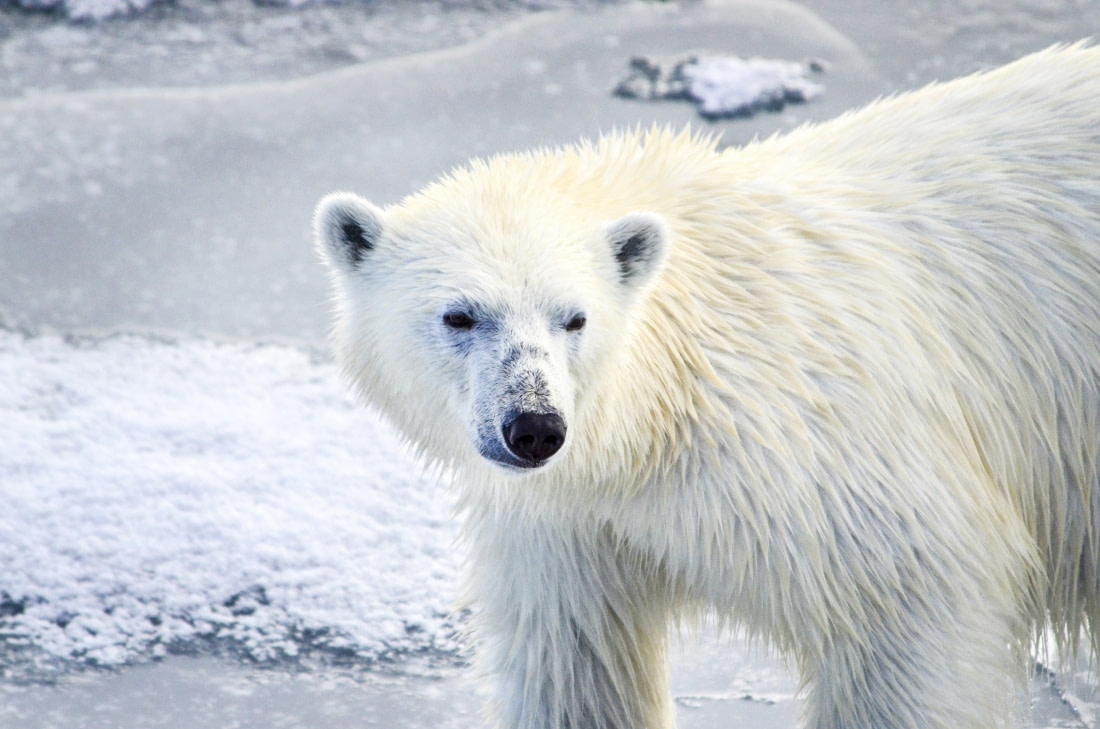
Fish and ships
Our hearts were pounding: what would happen next? Would they have a friendly chat, discussing the weather and the strange vessel full of humans? Or perhaps debate whether to have fish and ships for dinner tonight?
As it turned out, they were not interested in us at all. They faced each other (the sleeping bear woke up as soon as his rival approached). Then, they both opened their maws, as if comparing who had the sharpest teeth. They were sizing each other up: who would win if it came to a fight? It seemed to be an equal match, or maybe the bearded seal just wasn't worth fighting over. When there's enough food, male polar bears are usually only aggressive towards each other when a female is involved.
Since there was no female around to impress, they both closed their maws and walked away. A few meters apart, they both dozed off again, perhaps dreaming about their next meal...

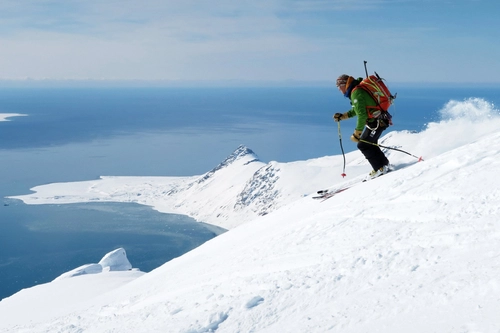
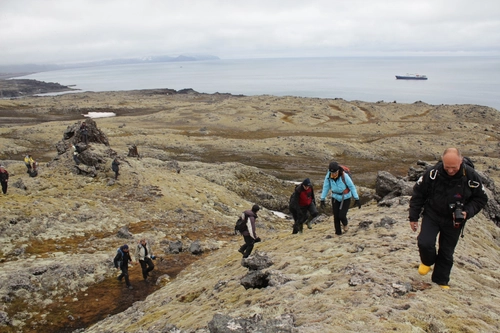
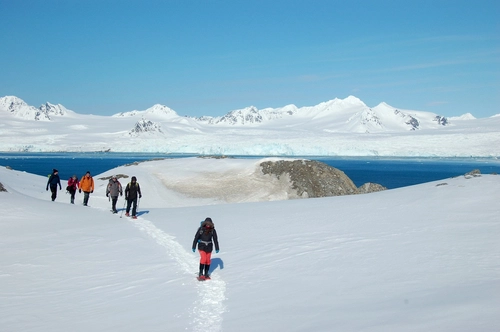
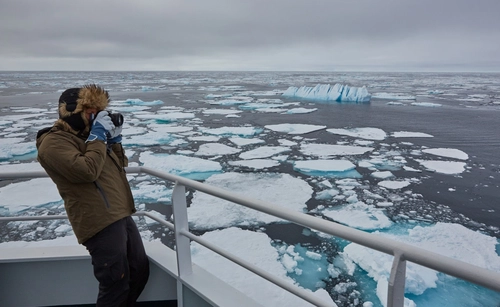
Related Trips
Blog


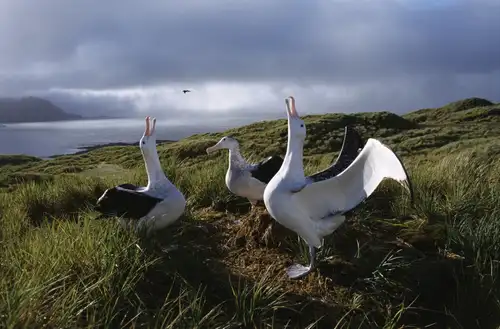
Albatross, penguin and krill research in Antarctica

The Arctic’s Most Phenomenal Fjords

Of Treacherous Rocks & Audacious Fin Whales

Around Spitsbergen vs. North Spitsbergen

Top 10 Antarctic Attractions
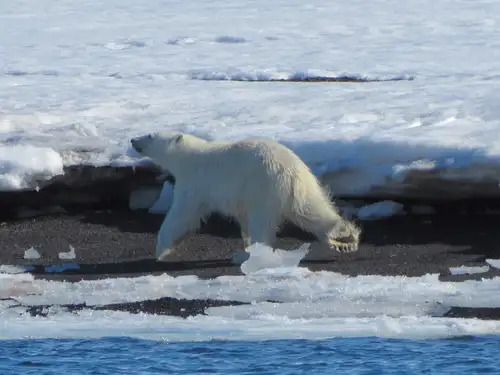
Polar bear feast
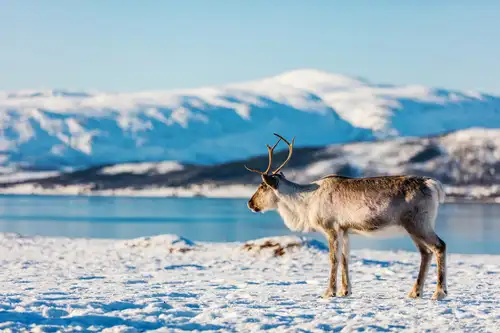
Eight Engaging Reindeer Facts

Not Eskimos: 10 Enlightening Facts About the Inuit
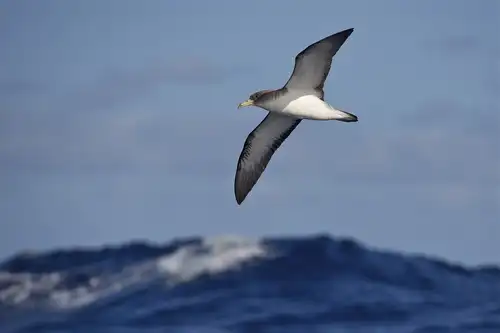
Islands of the Blessed: Things to Do Around Cape Verde

The Plants of Antarctica
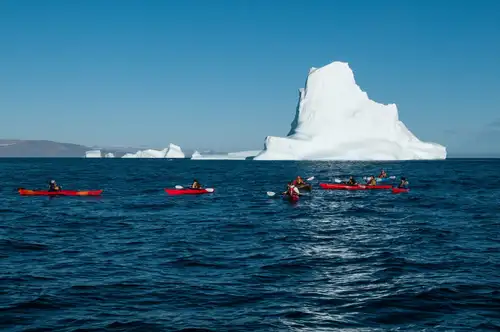
Kayaking In Greenland
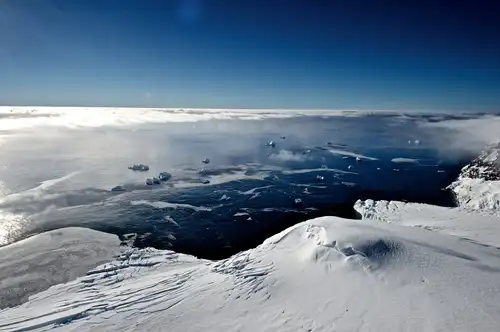
10 Weather-Fueled Facts about Antarctica

Amazing Greenland
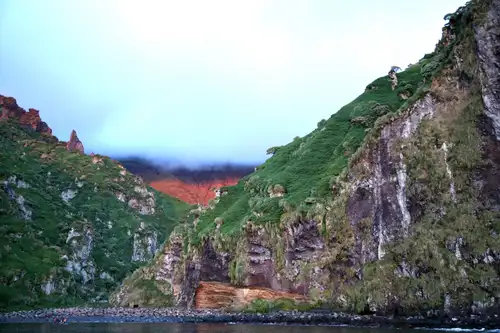
Gough Island: Seabird Capital of the South Atlantic
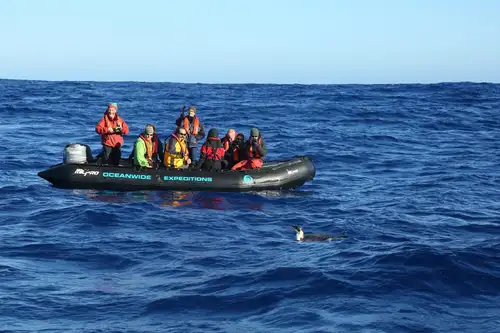
The Emperor Penguin of the Drake Passage
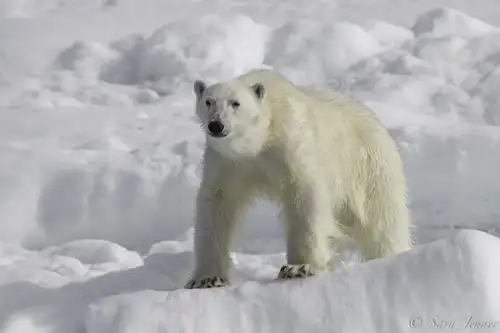
International Polar Bear Day
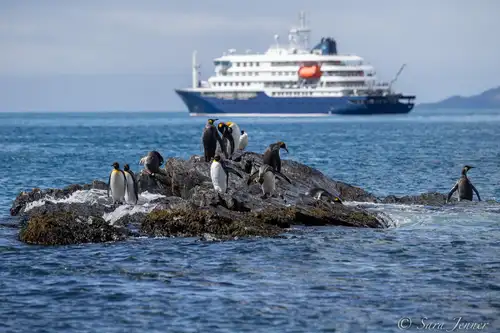
Weddell Sea, Shackleton’s Endurance, and New Swabia
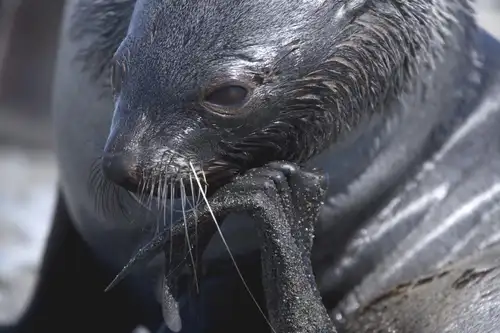
Coming Back from the Brink: The Fur Seals of Antarctica
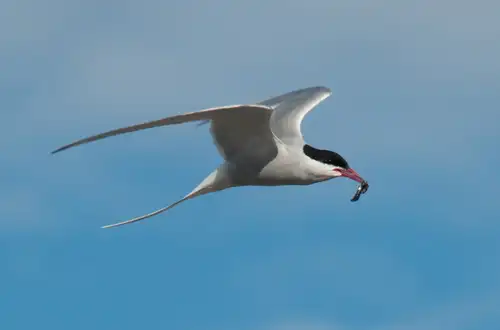
Birding Opportunities Abound in Spitsbergen
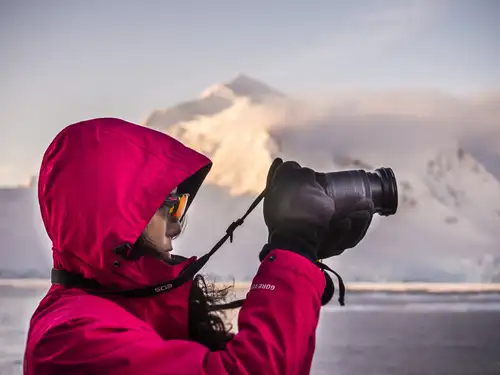



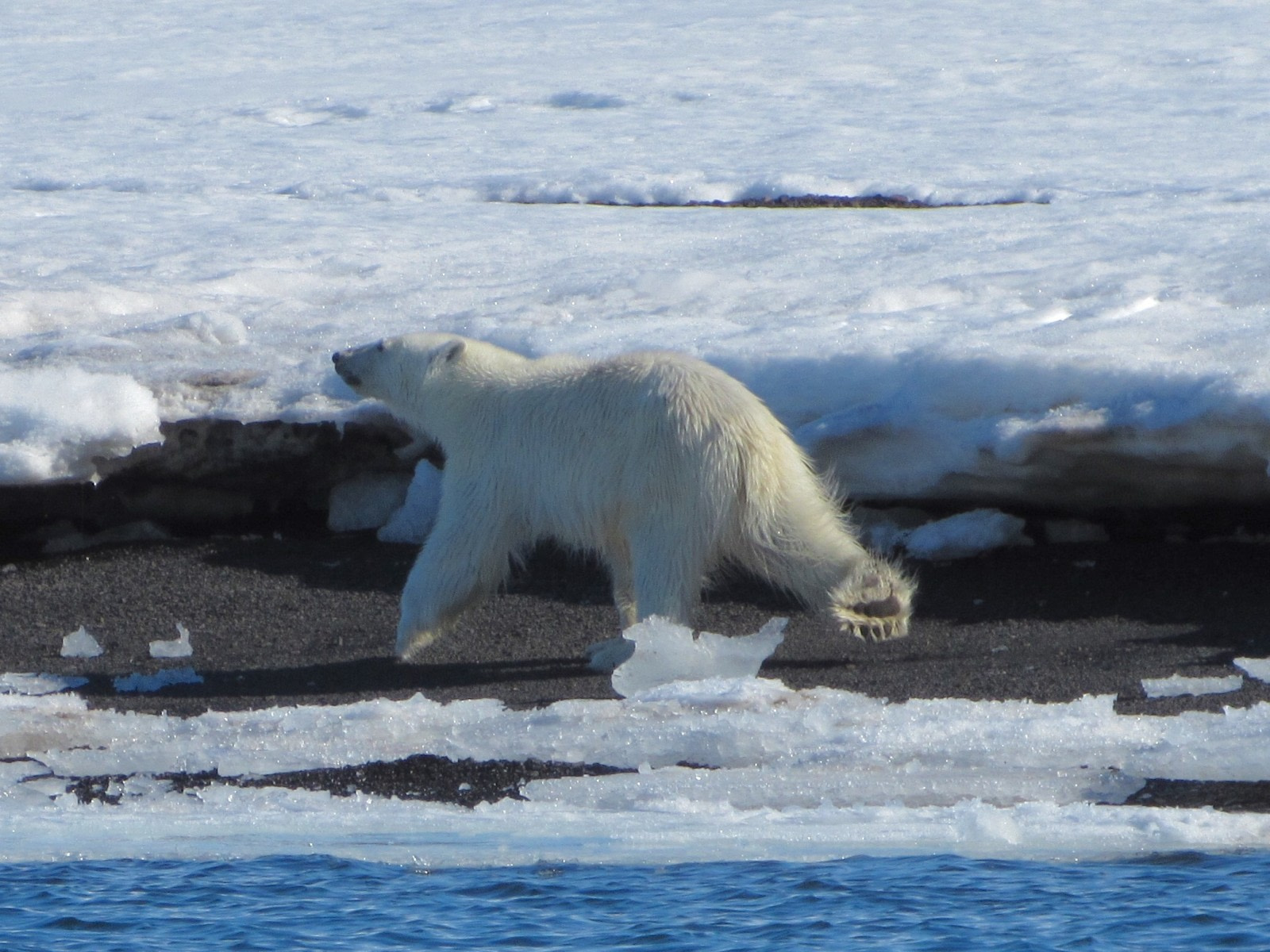

 8 Days / 7 Nights
8 Days / 7 Nights

